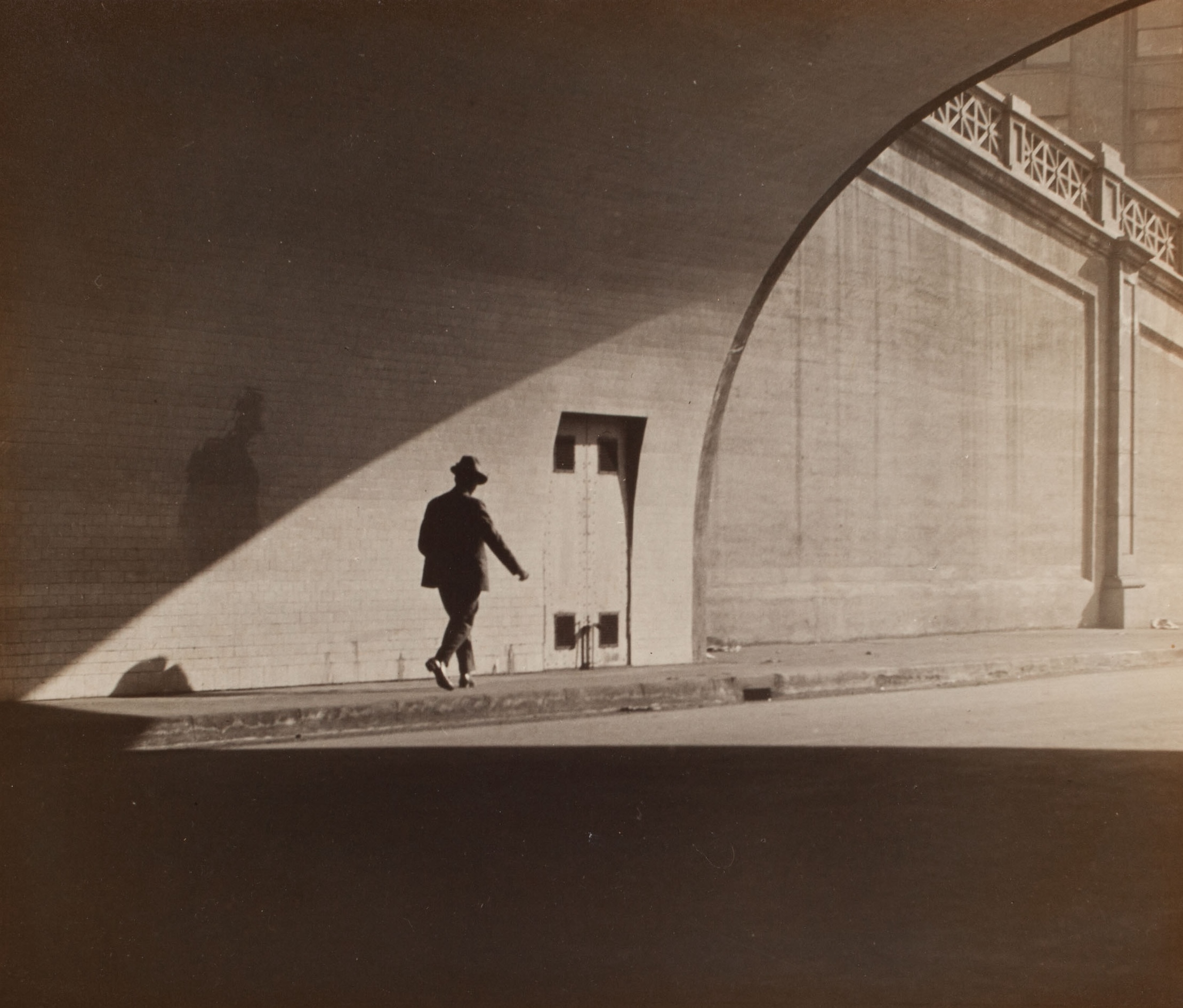

James Tadanao Sata (1896–1975) created some of the most adventurous photographs made in America in the 1920s and ’30s. Abstract spheres and triangles, complex arrangements of figures and shadows, and spaces rich with deep and delicate tones emphasized geometric forms and conveyed newness, modernity, and irony.
Sata came to the United States in 1918. Despite his good education and the elevated social status of his samurai heritage, he worked a variety of menial jobs, including as a servant and custodian. However, Sata’s artistic ambitions led him to become an amateur art photographer. He photographed in and around Little Tokyo, at the sea, and in the mountains of Southern California. He also created modernist portraits and abstractions.
At the onset of World War II, Sata was forced to abandon photography since cameras were deemed contraband for those of Japanese heritage. During the forced removal of Japanese Americans, the Sata family lived in a horse stall at Santa Anita temporary detention center. Later, they were moved to the Jerome and Gila River concentration camps in Arkansas and Arizona, where Sata made drawings and paintings of life in the camps. Both his prewar photographs and camp artwork expressed a sense of beauty, isolation, and fortitude in the face of a daunting and complicated world.
Curated by Dennis Reed, this exhibition comprises sixty photographs by Sata, photographs of Sata’s concentration camp paintings and drawings, and family artifacts from camp. All of the photographs created by J. T. Sata were donated to JANM by his family.
Sponsored by


Media Sponsor: ![]()
TOP: J.T. Sata, Untitled (Man Walking out of Tunnel), ca. 1930, gelatin silver print. Japanese American National Museum, Gift of Frank and Marian Sata and Family, 2005.187.2
